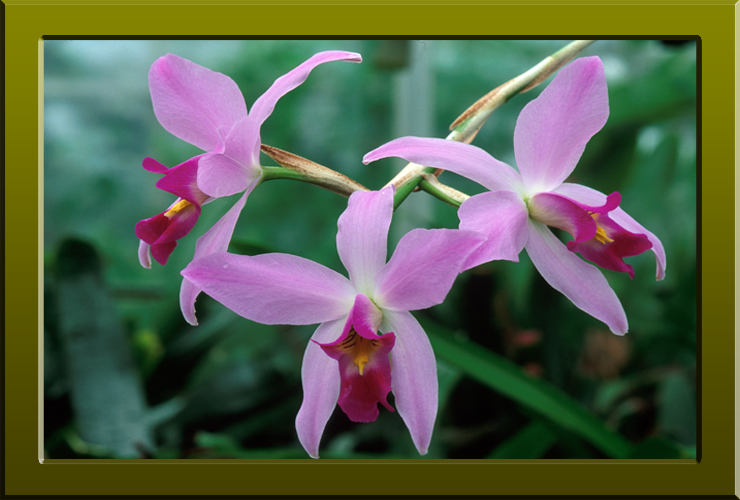Central American BioProvince
This BioProvince (as partly defined by Armen Takhtajan) comprises the tropical lowlands and shores of Mexico and all other parts of Central America south of Mexico including Belize, Guatemala, Honduras, San Salvador, Nicaragua, Costa Rica and much of Panama. Also included are the Revilla Gigedo Islands. Of some interest in this BioProvince is the Mosquitia region, a vast and almost unexplored expanse of forests, savannas and swamps, which straddles the borders of Honduras and Nicaragua on the Caribbean side of Central America. The geology is complex and varied but the middle area is an active zone of volcanoes and earthquakes. The mountain ranges of south Central America are outliers of the Andes. The sub-tropical climate is hot and humid in the lowlands but cooler in the highlands. It is an area of extremely high biodiversity supporting something like 3000 endemic vascular plants and has been described as the Little Amazon.
The following accounts for this BioProvince have been written or will be written with particular reference to endemic and locally important species. Accounts available are displayed in green or yellow. Those displayed in red are either in the pipeline or awaiting expert contributions.
| Index |
|---|
| Major Ecosystems |
| Endemic Vascular Plant Flora |
| Endemic Flora (Costa Rica) |
| Endemic Flora (Belize) |
| Endemic Flora (Guatemala) |
| Bryophyte Flora |
| Fungus Flora |
| Lichen Flora |
| Invertebrate Fauna |
| Amphibian Fauna |
| Reptile Fauna |
| Bird Fauna |
| Mammal Fauna |
| Conservation Status |

Laelia anceps (Orchidaceae) a stunning orchid native to the subtropical zones of Central America (Copyright © 2010 Peter Martin Rhind).


